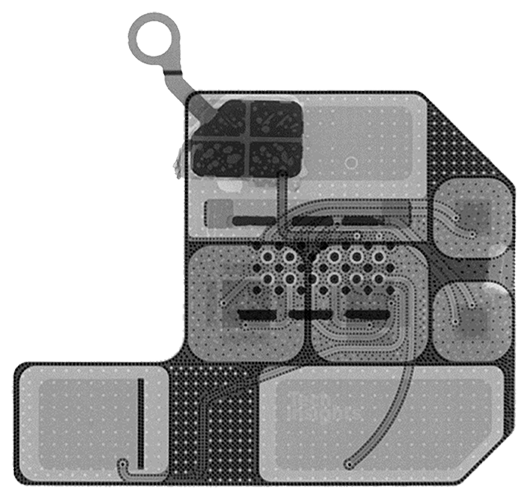mmWave Antenna Module Implementation
Considerations for 5G Smartphones
In this presentation, TechInsights’ Radu Trandafir takes a closer look at the three mmWave antenna modules used by Apple in the iPhone 12/13 which mark an interesting departure from the “traditional” Qualcomm-based architecture at the implementation level.

Apple has shown in recent years that, not only will it continue to push forward as a market leader in consumer electronics, it is intent on challenging the status quo by designing and using its own chips.
Many of the major players in the smartphone space - Samsung with the S20 and S21 5G, Nokia’s 8 V 5G, and even an older LG from 2019 – traditionally use the Qualcomm SDX-5x/6x series of modems and have adopted an implementation scheme based exclusively on the Qualcomm QTM5x5 antenna in package (AiP). Apple, instead, is putting their own signature on a design with three mm-wave antenna modules (two passive and one active (AiP)) which is not a QTM5x5 package. The silicon inside is all Qualcomm similar to the QTM5x5, but the embedded antenna array is different and the modules are dual sourced from USI and Murata.

About the Speaker
Radu Trandafir is a mobile RF subject matter expert within the Technology Office at TechInsights.
Radu’s background includes more than 25 years in designing, engineering, analyzing, and reverse engineering hardware and software systems.
Having led the Systems and S/W Analysis team for more than seven years, Radu is well versed in analyzing technology, comparing technology to patents, and conducting functional testing of a wide range of technologies.
He has an extensive background in RF hardware systems design.
mmWave Antenna Module Implementation, Considerations for 5G Smartphones
Find content like this and more in the TechInsights Platform. Sign-up for free today.




